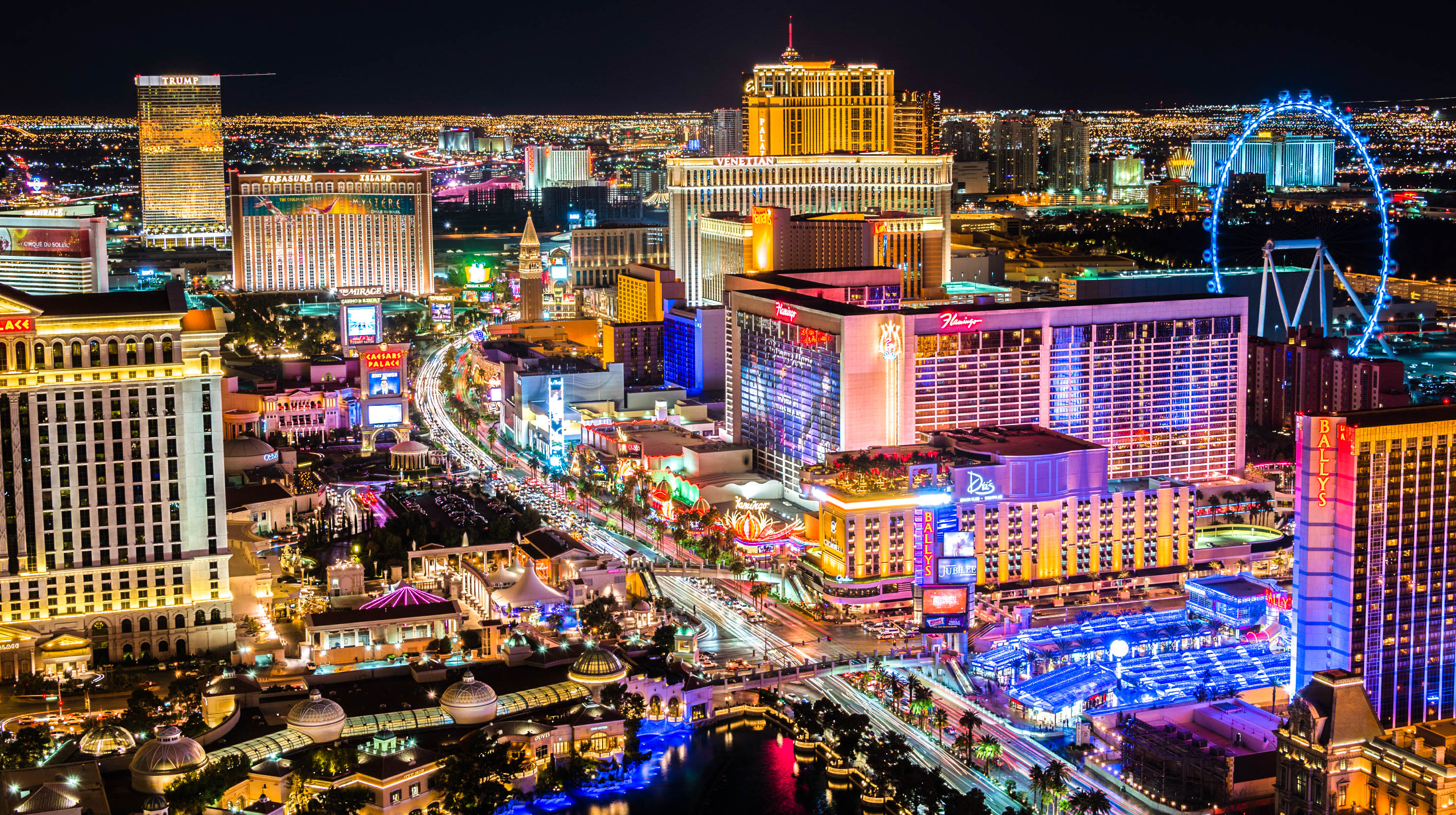Las Vegas - The America's Playground

Las Vegas, popularly known as ‘the America's Playground,’ is a city of southeast Nevada near the California and Arizona borders. One of the fastest-growing urban areas in the United States, Las Vegas is the largest city in Nevada.
Las Vegas’ economy is mainly based on its hotels, gambling, entertainment, theme parks, resorts, and tourist-oriented industries. The hotel industry collects the bulky part of the revenue of the city. The city is also known for gaming equipment manufacturing and as a commercial hub of a ranching and mining area.
Officially nicknamed as the ‘Entertainment Capital of the World,’ the city of Las Vegas is a major tourist center known for its casinos. Some of the most notable casinos located downtown include Golden Nugget, Four Queens, Horseshoe, and Fremont St. Casino.
The city of Las Vegas is widely known for its nightclubs, casinos, boxing championship matches, entertainment enterprises, music, sports, gambling, and amusement centers. The city is known for its vivacious & vibrant nightlife.
Las Vegas has earned several other nicknames, such as the “City of lights”, “Glitter Gulch”, “Sin City” and “Lost Wages”.
The major attractions of the city of Las Vegas include the campus of the University of Nevada, Nellis Air Force Base, Hoover Dam, and Museums including ones devoted to natural history, old neon signs from the strip, the entertainer Liberace, atomic testing etc. The Stratosphere Tower is the country's tallest observation tower.
Climate: Las Vegas, with hot summers, mild winters, abundant sunshine year-round, and very little rainfall, has typical Mojave Desert climate. The temperature is high in the months of May, June, and September, with July and August, with very low humidity. July through September, the Mexican Monsoon often fetches s enough moisture from the Gulf of California across Mexico and into the southwest to cause afternoon and evening thunderstorms. Showers occur less frequently in the spring or autumn.
Winters are cool and windy. The majority of Las Vegas' annual rainfall comes from January to March. The winter snow is usually visible from December to May on the mountains surrounding Las Vegas, but it seldom snows in the city itself.
Traveling to Las Vegas: McCarran International Airport in Paradise, Nevada provides the majority of commercial flights to the Las Vegas valley. One of the busiest airports in the United States, McCarran airport serves private aircraft, domestic and international passenger flights, and freight/cargo flights.
The city of Las Vegas is also served by Amtrak's Thruway Motorcoach bus service. CAT Bus service is a popular mean of public transportation among locals and tourists with various bus routes covering a large portion of the valley.
The traditional intercity bus carriers, including Greyhound; many charter services, including Green Tortoise, and several Chinatown bus lines, provide Intercity bus service to Las Vegas.